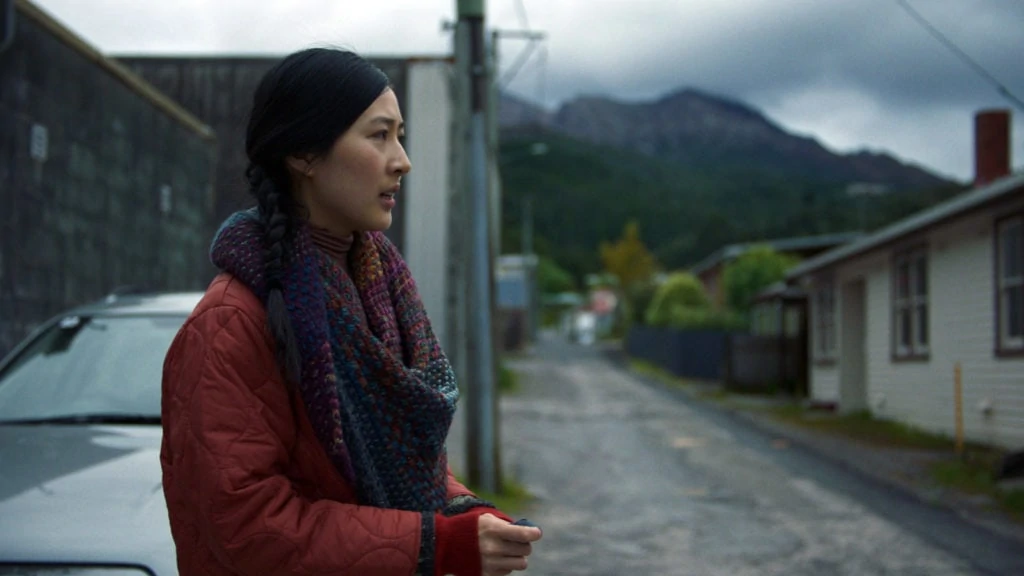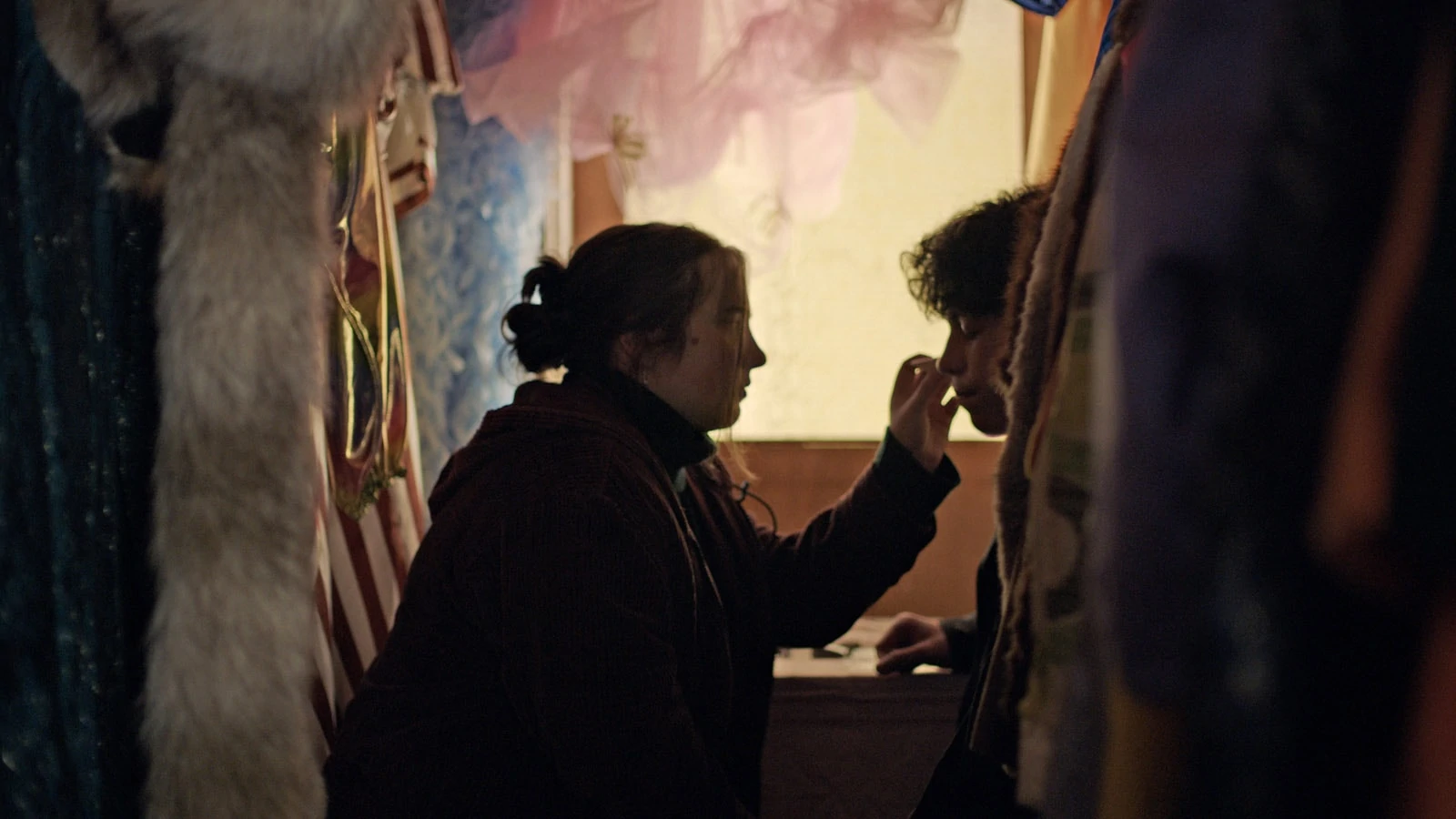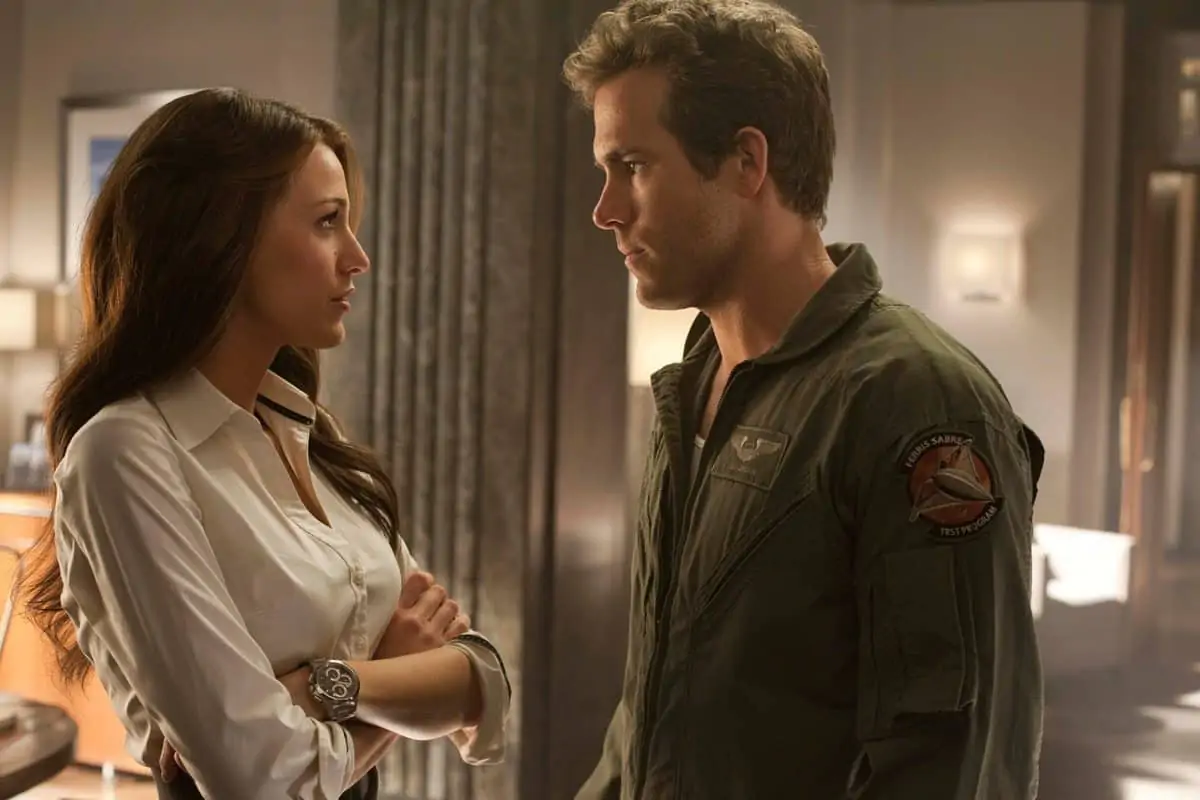ISLAND LIFE
Australian films and television have always reflected the country’s two landscapes: the fertile, more urbanised coastal regions and the huge, central interior known as the Outback. In recent years, the darker side of isolated, small town communities has become a focus for filmmakers, with The Tailings ostensibly the latest example of the genre.
Commissioned by broadcaster SBS, The Tailings – a six-part TV series of eight-to-ten-minute episodes (which have also been compiled into a feature version) – is set in a remote mining community on the island state of Tasmania. The distinctive countryside and weather were captured in natural, often subdued tones by cinematographer Ashley Barron ACS. Despite the apparently gloomy setting, The Tailings employs light and shade to differentiate itself from darker Tasmanian dramas.
The focus of the story is disaffected teenager Jas (Tegan Stimson) and her quest to solve what she believes was her father’s murder. This has a direct impact on newly arrived replacement teacher Ruby (Mabel Li) and both have to face the truth about not only the underlying mystery but also themselves. Barron came to the project after meeting director Stevie Cruz-Martin just before the first COVID lockdown in 2020, which, when it came, derailed any immediate plans for the project. They reconnected later in the year and shooting on The Tailings began in October, in the mining town of Queenstown on the west coast of Tasmania.
“A lot of stories are set in Tasmania,” Barron explains, “because it has not only the landscape but also the weather systems that can serve quite a moody story. We wanted to play to the setting but also capture something that wasn’t just grim and working class. We wanted it to have humour, beauty and a sort of individual agency and hope.”
It was a huge collaboration, because it was essentially 360 lighting. We wanted to use lighting to reflect people living on the geographic margin, lighting spaces rather than faces, to give space for the cast to embody the characters.
Ashley Barron ACS

Barron says Cruz-Martin’s brief to her was for a “cinematic documentary” that felt real and grounded but also looked good, in the style of HBO mini-series Sharp Objects (2018, DPs Ronald Plante/Yves Bélanger). “Natural light was the bottom line for creating a world that feels real and organic and lived in,” Barron comments. “It was a huge collaboration, particularly between myself, the director and production designer Alicia Clements, because it was essentially 360 lighting. You needed to be able to point the camera anywhere in the world in which they had to look. We wanted to use lighting to reflect people living on the geographic margin, lighting spaces rather than faces, to give space for the cast to embody the characters.”
This involved a lot of set dressing and mostly practical lighting, as well as keeping the set clear of any kind of lighting that didn’t fit the scene, enabling the actors to move in any way they wanted. “I had a wonderful lighting team,” Barron says, “but the collaboration with Alicia was paramount. She had an intuition for the practicals that fitted the story and our tastes. She also designed the space in such a way, replacing certain objects around or in front of windows, so that all you had to do was chuck a dimmer on or add an LED tube behind something to enhance it.”

The majority of lighting was used for sequences in the school corridors, which are dramatically claustrophobic. “We had some ARRI SkyPanels for that hallway scene, which was our biggest set-up,” Barron comments. “Pretty much all the rooms adjacent to the corridor had a fixture in them, ranging from ARRI M18s and SkyPanels to HMIs. In the night scene at the end of episode one/beginning of episode two, we lit entirely with a street lamp after our colourist, Trish Cahill, built a LUT that could do amazing things in extreme low light. The network gave us enormous freedom to play in the shadows. The only element of lighting was a NangGuang LED tube to give the actor humanity in the eye.”
Shooting was on an ARRI Alexa Mini, which Barron says was selected because it could work in the 360 ‘point in any direction’ way required but also had the texture she was looking for. “On a technical level it’s got the low light capabilities and ability to change the internal ND filters, which allowed us to be quick on our feet. But it just lent itself to that human, organic story and didn’t feel digital and clean.” The Mini was paired with Angénieux Type EZ zoom lenses, which were chosen for speed but also because they can open to T2. “We had a few Zeiss Super Speeds that were used for connection to flashbacks. We didn’t want our approach to be overt, so we played with T-stop and depth of field, using T1.3 on the Supers for specific emotional beats in the story.”
I get to a point, after talking to everyone about it, that I have such a holistic, ingrained knowledge of the project that it translates through my operating.
Ashley Barron ACS

Barron operated the camera herself, something she has preferred to do on most of her shoots. “I get to a point, after talking to everyone about it, that I have such a holistic, ingrained knowledge of the project that it translates through my operating,” she says. “We wanted to move with the characters and bring the audience into their experience, which is why handheld was appropriate. One of the actors commented that she felt like I breathed with them when I had the camera on an Easyrig. That thing lived on me for about the 14-day shoot.” The Tailings is due to air in April.
Ashley Barron concludes by saying that SBS saw potential in the story, which was realised on screen through the production values and cinematography to achieve an emotional and intimate whole.


















